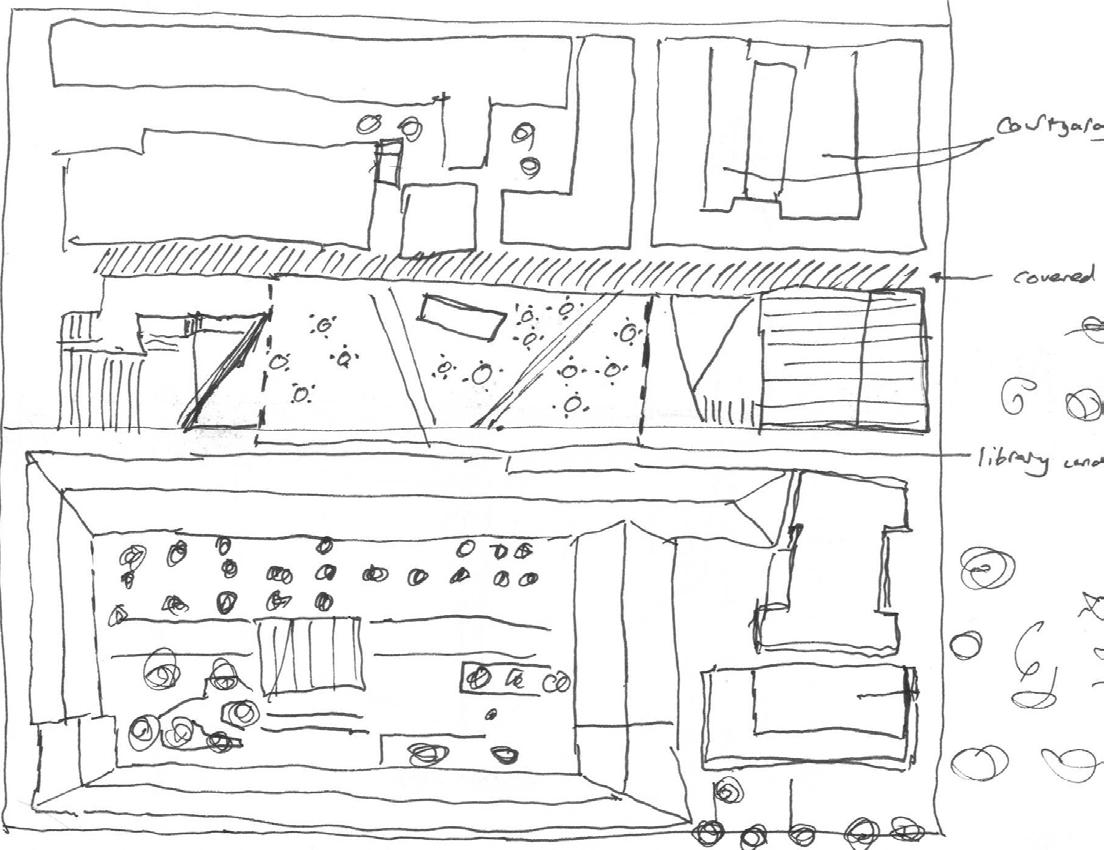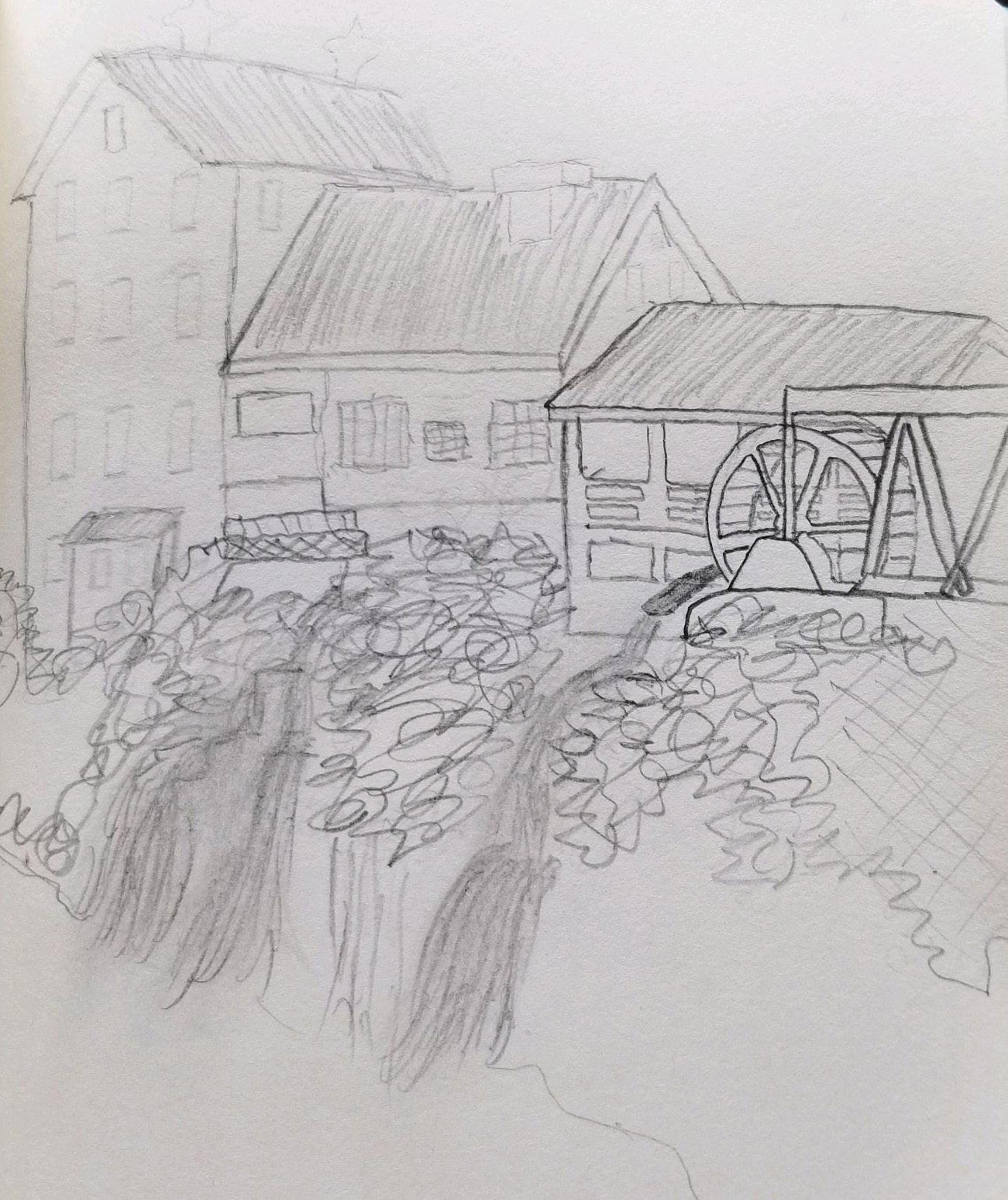Columbus Historical Society Museum
Ismail Jallaq
A collection of Columbus history, including the controversial statue of Christopher Columbus which was salvaged by the CHS after being removed from its previous spot by the city. The site is next to the current CHS offices and includes community gathering spaces. AU
Columbus, OH
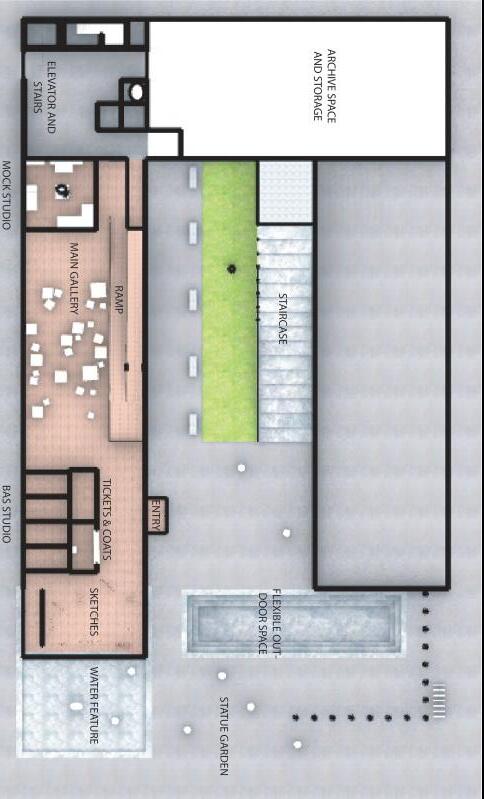


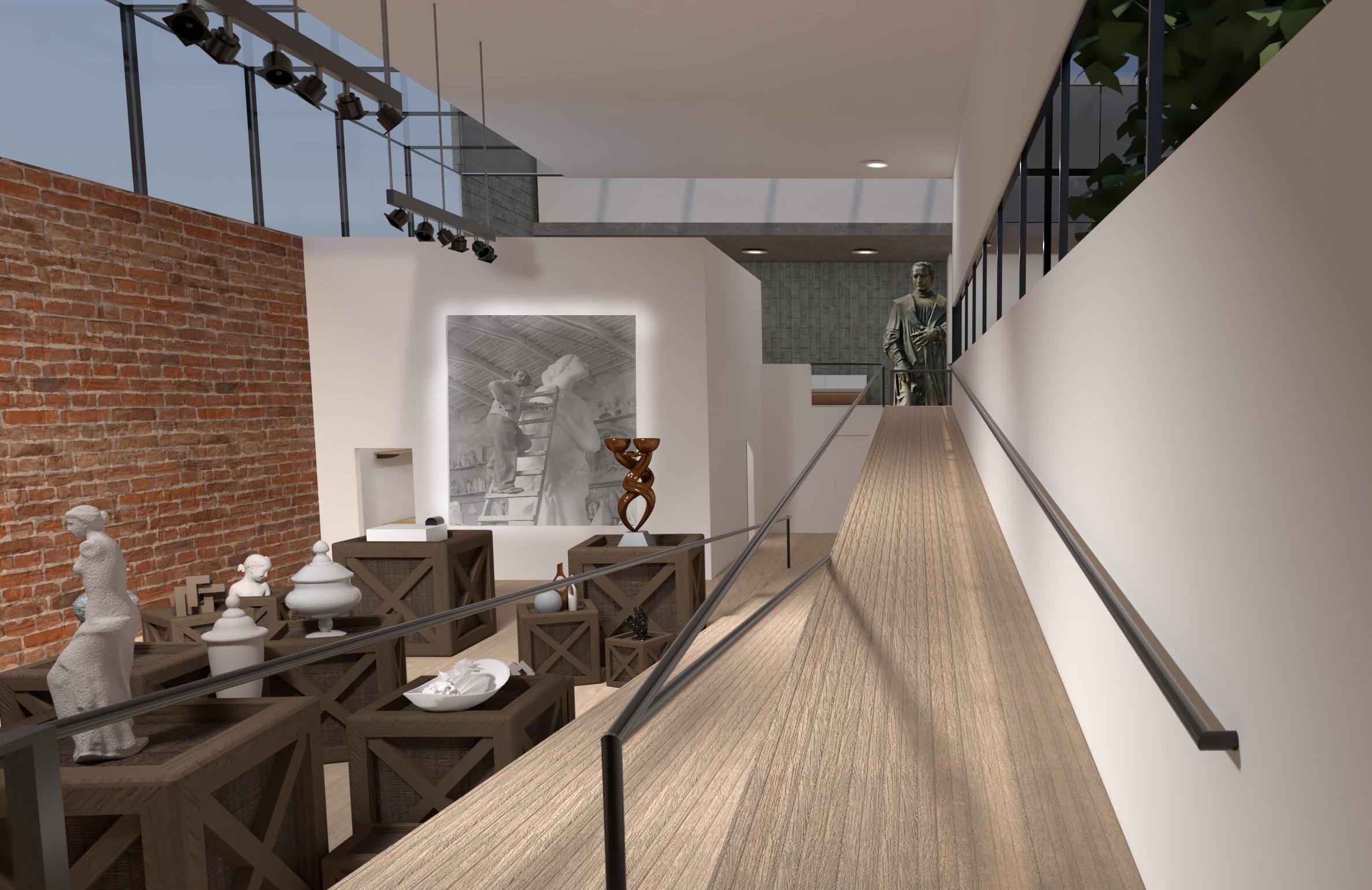



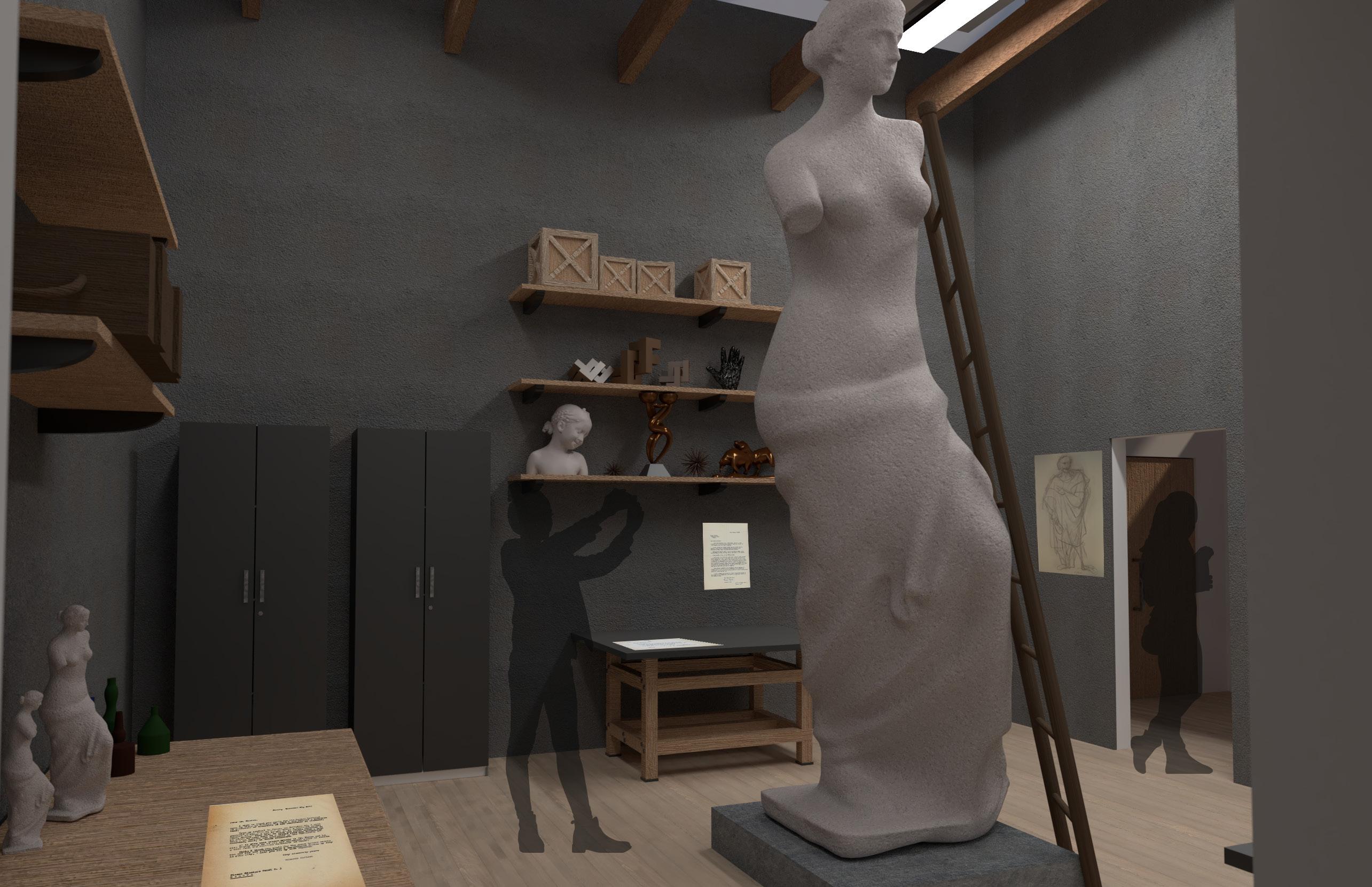
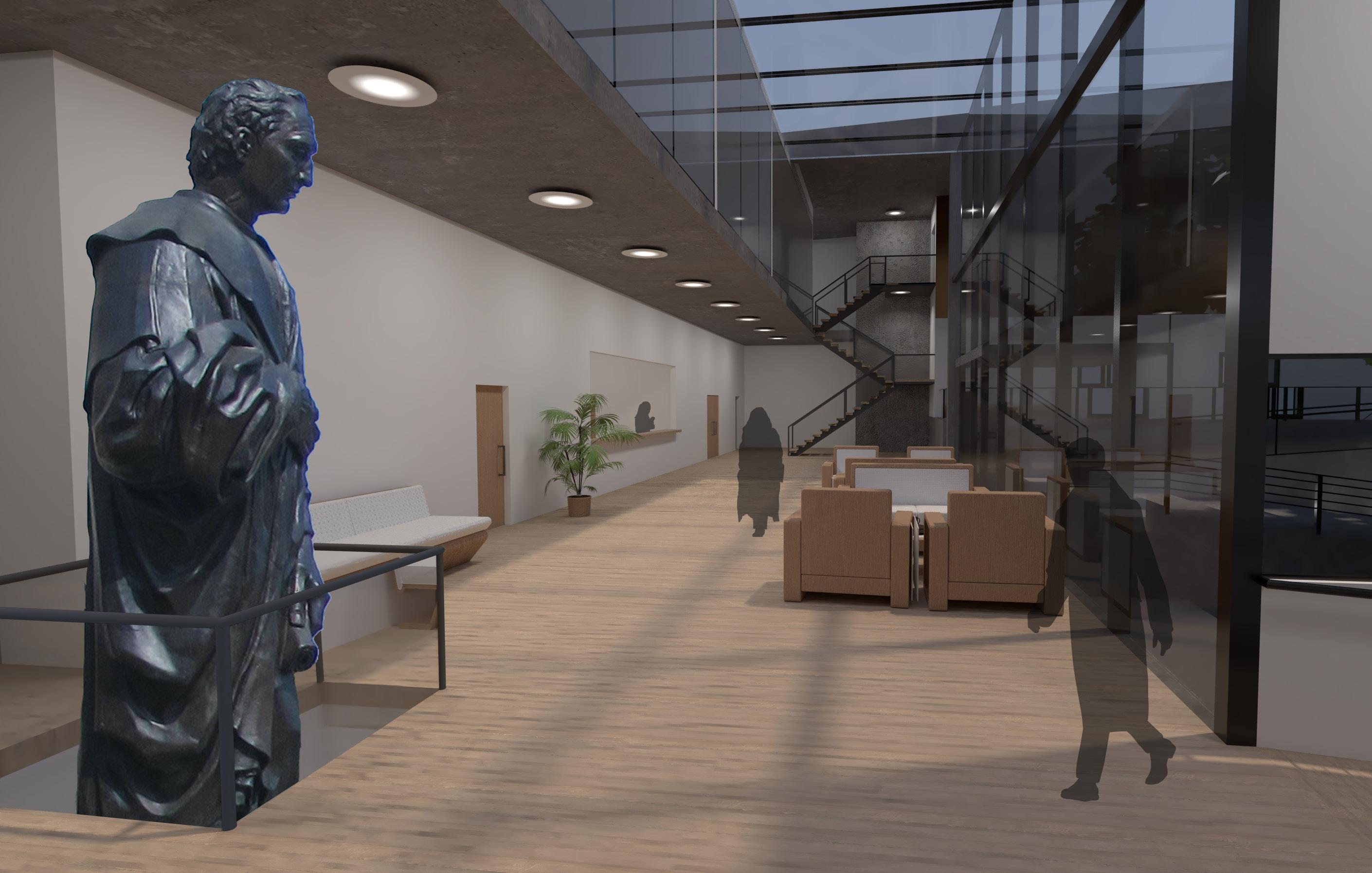

CoWorking Tower
SP 20
Studio
Michael Baumberger
Collaborators: Ismail Jallaq
Downtown Columbus, OH
This new development in Columbus features offices with enough amenities to meet all of the workers’ needs in one place. Much of the space is continuous throughout the varied floors, all derived from a few basic modules.
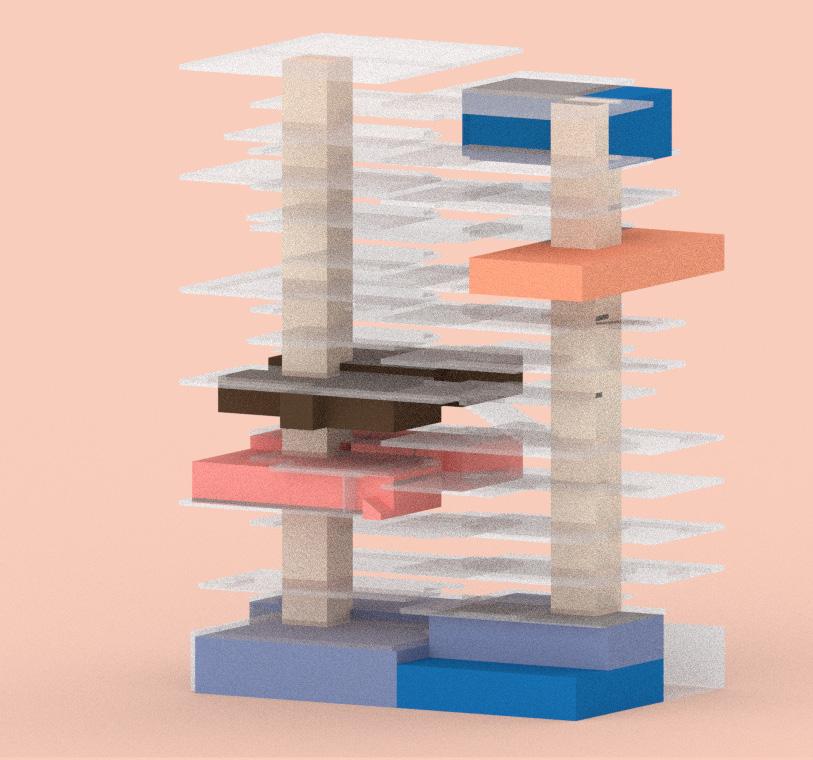
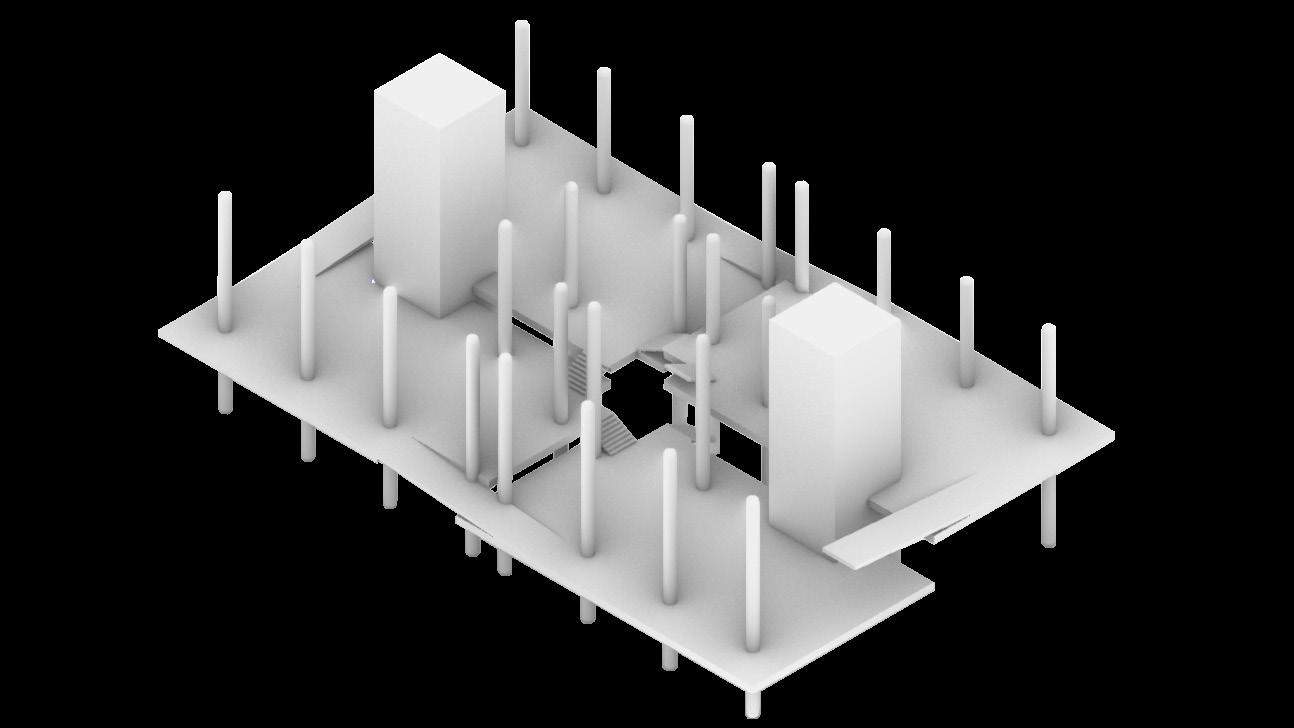


Energy and Innovation Center
A concrete university building in a centrally located area, including conference rooms, classes, laboratory and research areas, and student gathering space.


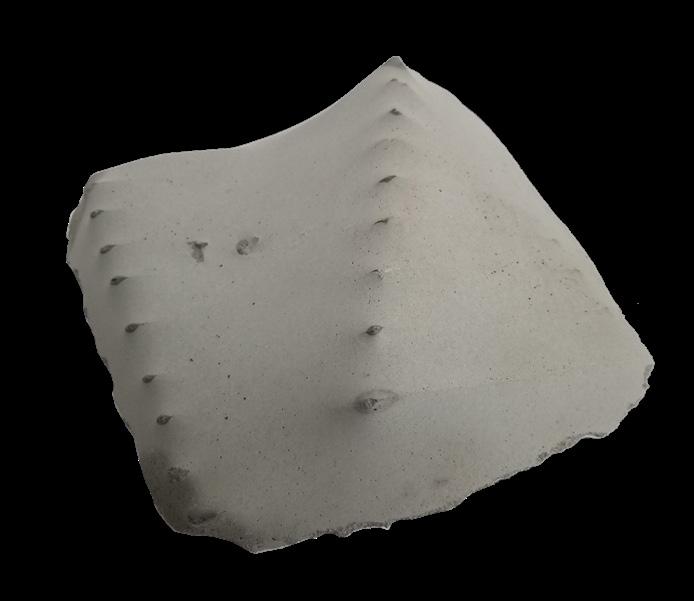










Swimmer’s House
A house for an imagined collector, using a chosen verb as a parti. This “SWIM” house is designed for a decorated retired swimmer.


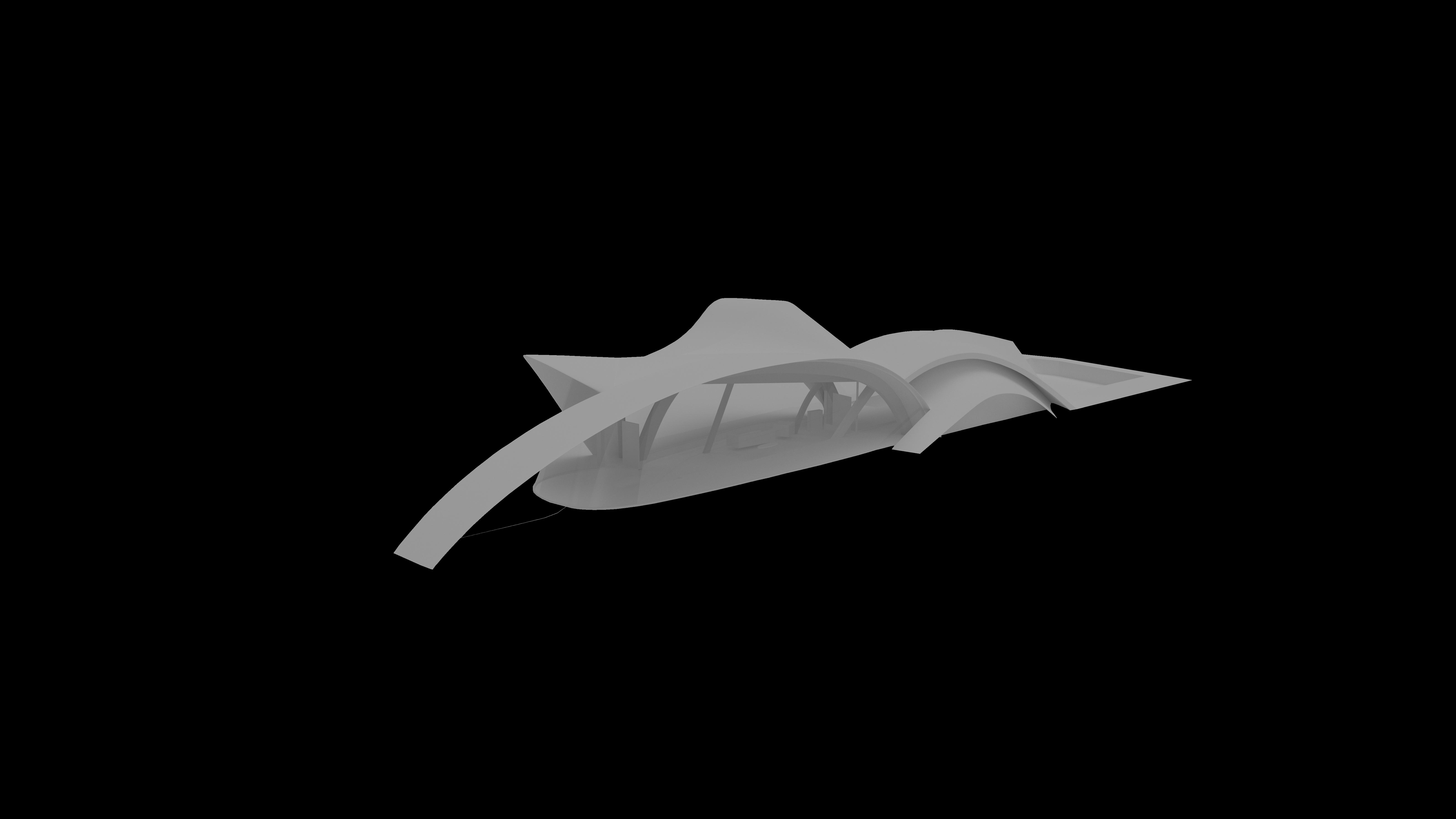






Vitra Campus Expansion
A two part expansion of the Vitra Design Museum, including a pavilion and a showroom/warehouse.
Am Rhein, Germany
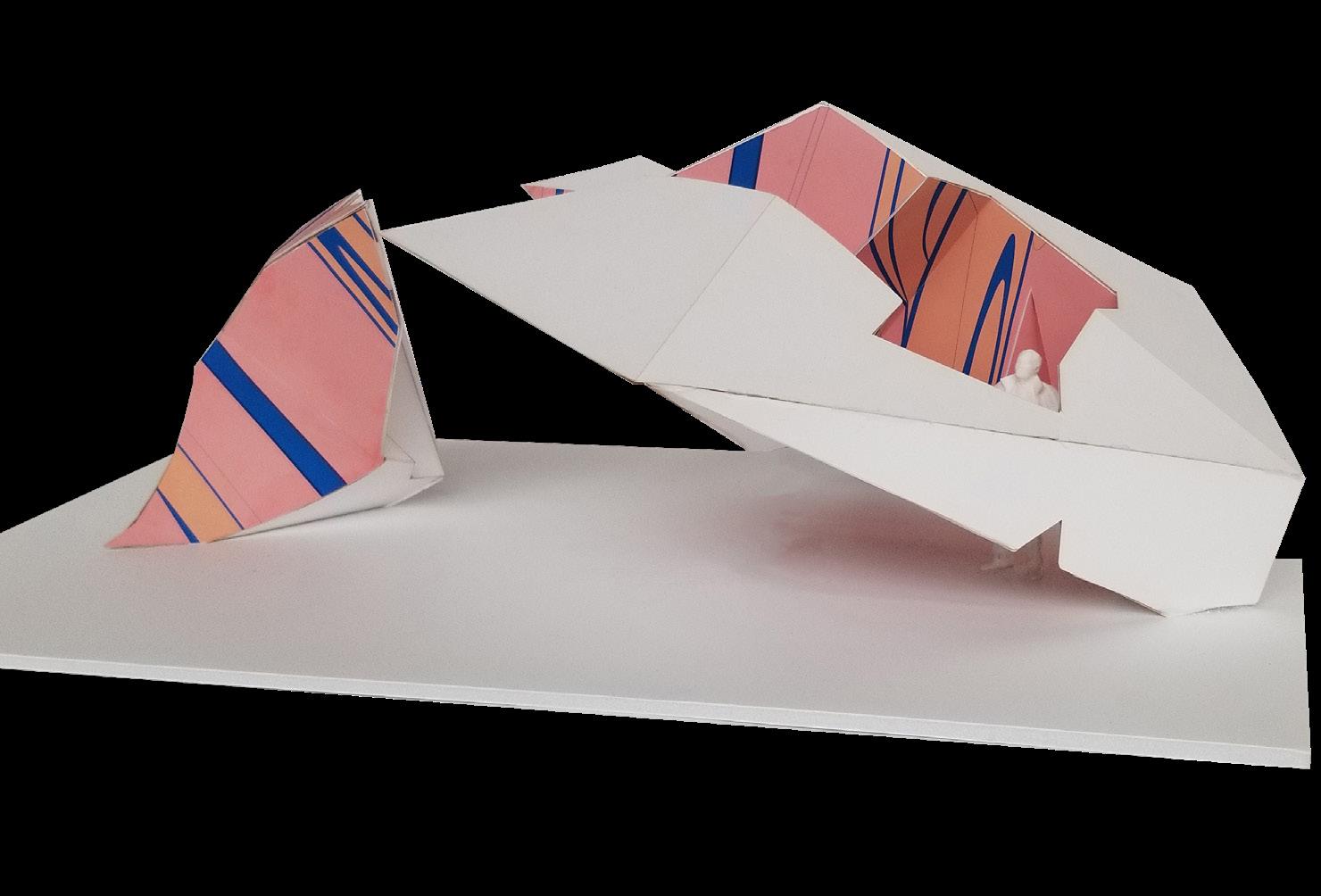
A pavilion for the Vitra Campus. A slice of the geode-like object is pulled away, creating a path to enter

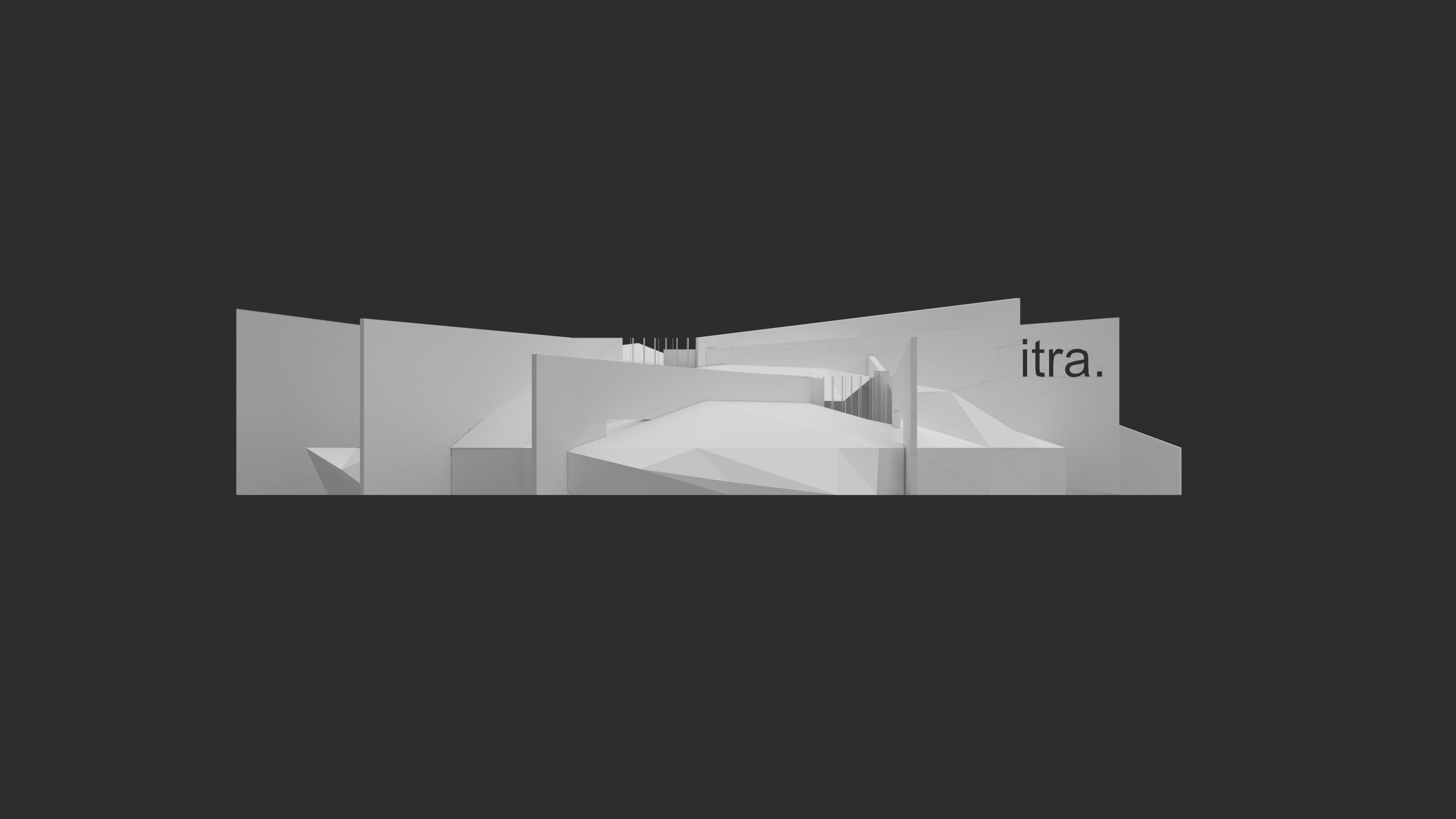



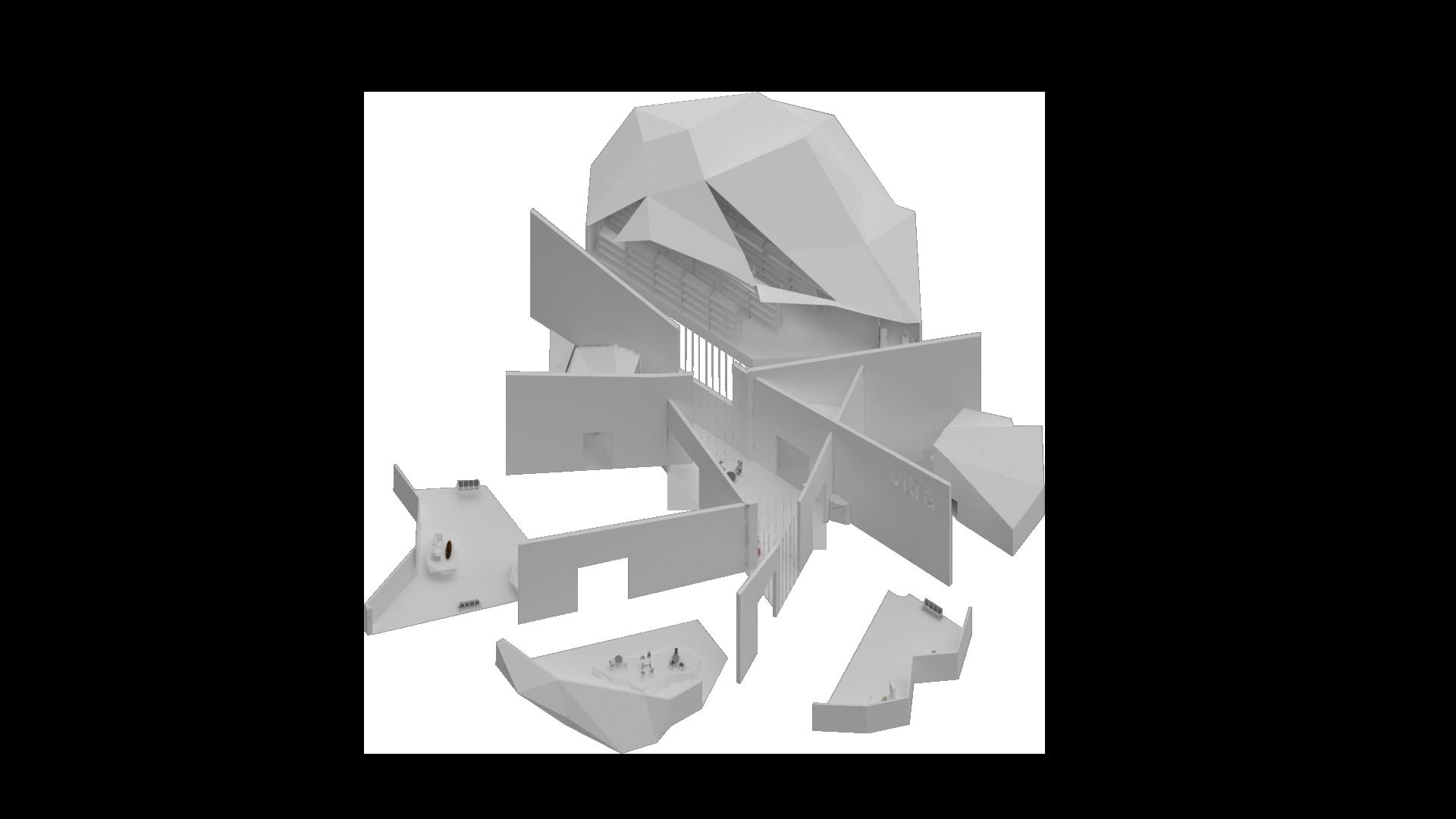
A showroom and warehouse space for the Vitra collection. The cavernous space is divided into sections where the scale of the display is less overwhelmed, but patterns mimicking the inner skin of the pavilion aim to bring 2D surfaces to life, recreating the feeling more simply.

Scan for our 3D Printing Booklet on our work
In the 2019-2020 year, we shifted our focus to the issue that many students had noticed: no healthy way to dispose of the large number of 3D printed objects that were produced by the Fabrication Lab. Our first step was to work with Terracycle to start recycling the plastic.



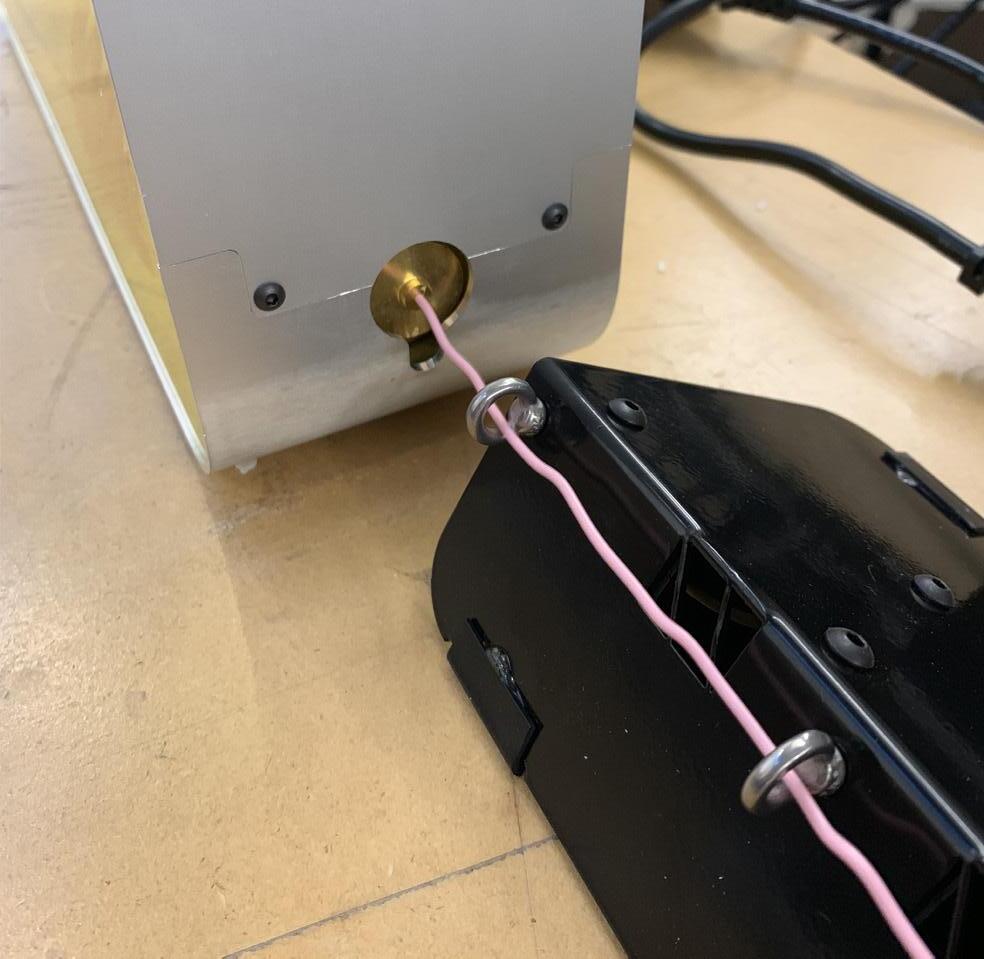
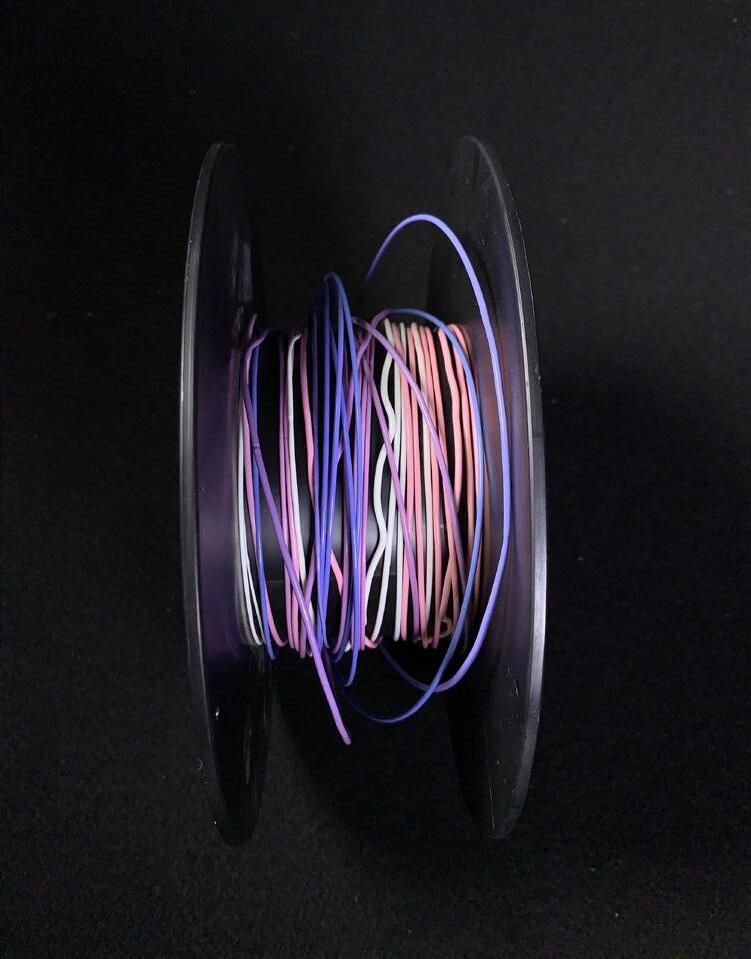
We investigated possible procedures for reusing printed material, by grinding the material to a fine powder, and feeding it to a Felfil Evo filament extruder. We were able to create this beautiful gradient filament when using premade PLA pellets.



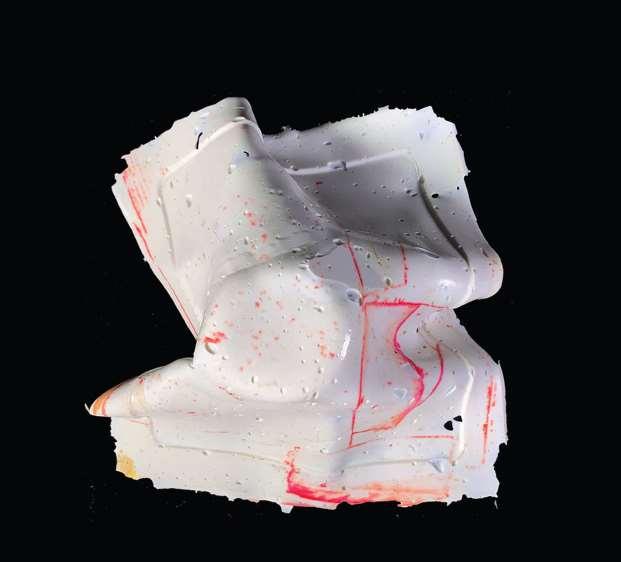



The team began to study ways that the collected material could be creatively recast and incorporated into our everyday world. Many small scale tests, beginning with only our protective gear, fume hoods, and a toaster oven, we began to explore the capabilities of the medium using material collected from our classmates.

We held a review for our work with several generous faculty, and presented the above studies, and these two prototype furniture items, a stool and a table, with hope to push our work further.

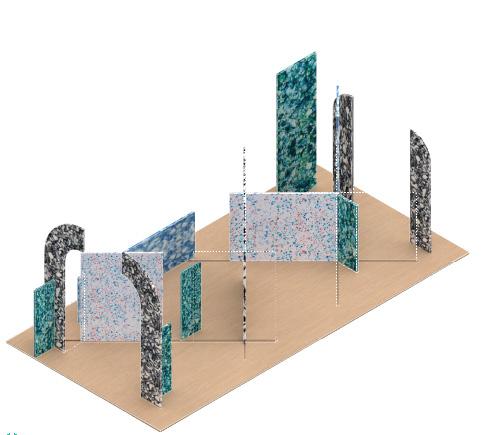
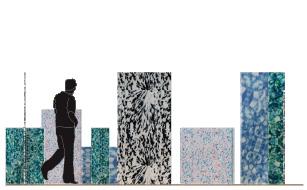


Due to the COVID-19 pandemic and its consequences, our next project, the above installation, was never executed. Despite this, our research and work was intellectually valuable and catalzyed many positive changes to the Knowlton School throughout these three semesters; furthermore, it brought us to a mostly unexplored territory which presents a wealth of additional questions to be interrogated. We hope that future students can carry on these ideas and question, and we carry them with us on our journeys.
QUESTIONS TO BE CONTINUED:
Can the material be stretched/mixed in a way that allows flexibility?
Can ground PLA be used as an aggregate in cement or plaster, or mixed together with other recycled materials to strengthen them?
Based off of our final installation and the use of the industrial oven we had planned, could the plastic be melted into thin sheets that could be used for architectural model making?
Can we further advance our progress on recycling filament?
SP19
Representation 2
Ashley Bigham
Erik Herrmann

“The photograph isn’t good enough. It’s not real enough.”
- David Hockney
An exercise in imagination and abstraction inspired by the work of artist David Hockney.

A variety of my work from academic and personal settings





